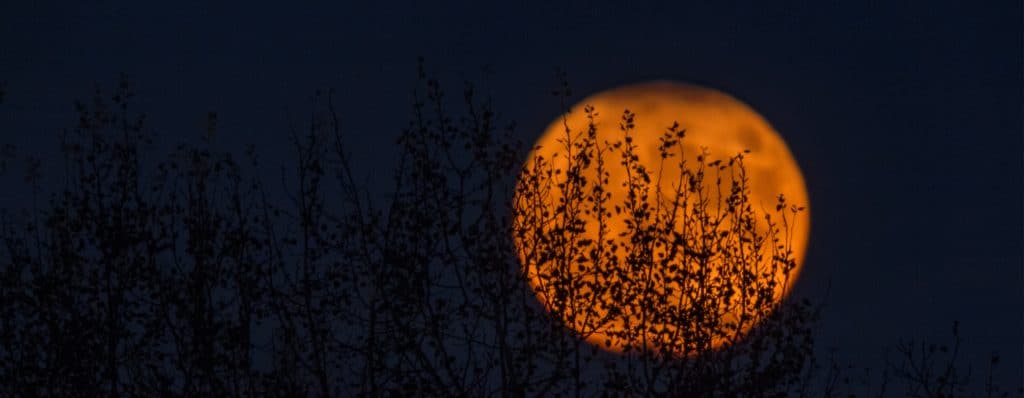
The moon bobbed above the horizon, like a giant gilded beach ball while the Cicadas droned and Crickets chirped, serenading the arrival of the Sturgeon Moon. It continued to rise across the night sky, seemingly shrinking and shirking along its path.

August’s full moon was dubbed the Sturgeon Moon by indigenous people as it coincided with the harvest of sturgeon in the Great Lakes. Moon phases have acted as guides to early people and modern people alike as they are widely considered to govern water on earth – like tides.

Technically, it is not the gravitational pull of the moon that controls tides, but rather, the moon pulls water upwards, while the earth pulls downwards. When the sun, moon and earth are perfectly aligned, the gravitational pull of the sun becomes a factor and thus creates maximum tides.
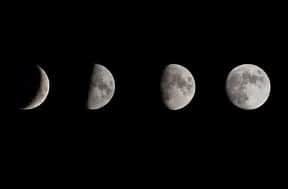
It’s because of the moon’s ability to pull moisture upwards that many farmers and gardeners have used the different phases of the moon to plant and harvest by.
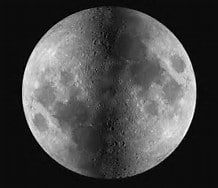
It is thought that a New Moon creates optimal conditions in which to plant above ground crops that produce their seeds outside the fruit, like lettuce, cabbage, broccoli, and grains. As the New Moon pulls water upwards, seeds swell and burst while the increasing moonlight aids in balanced root and leaf growth. Lawns should be mowed during the first and second quarters to help increase growth.
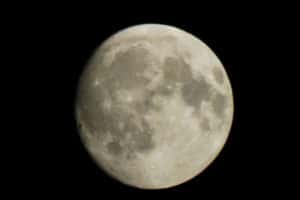
Second quarter moons, which include Full Moons, are thought to be an excellent time to plant above ground annuals that produce their seeds inside the fruit, like beans, tomatoes, melon and squash. Although the gravitational pull lessens during this time, moonlight is strong, which creates strong leaf growth. It is best to plant two days before the full moon for best results.
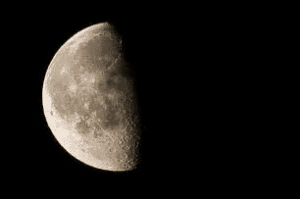
Waning moons mean higher gravitational pulls and less moonlight. Because of this, more moisture is pulled down into the soil; thereby, creating an ideal time to plant root crops, like carrots, onions and potatoes. It is also thought to be an excellent time to plant bulbs and perennials in addition to transplanting because of active root growth.
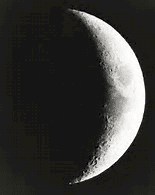
Fourth quarter moons produce less gravitational pull and moonlight and is considered the best time to cultivate, harvest and prune. It is generally considered a time of rest.
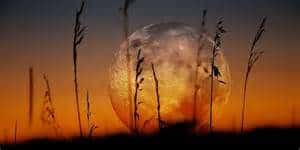
There are many fine sites out there that offer more detailed assistance, including calendars and tips. The Farmer’s Almanac is a great place to start. Have moon gardening experience or tips to share? Please reach out to Sweeney’s. We’d love to hear and learn from you!
Plant of the Week

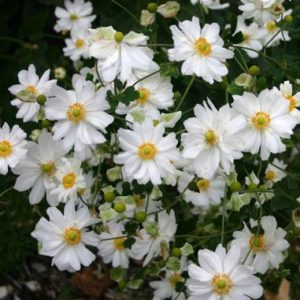
Honorine Jobert Anemone
Masses of snowy white flowers bloom on graceful, upright stems above a solid mound of dark green foliage from August – October. Prefers sun to partial shade and moist, well-drained soil. Grows 24-36″ tall and 24-36″ wide. Attracts pollinators and is deer and rabbit resistant. Excellent addition to a Moon Garden, where the bright, white flowers glow in the moonlight.
“The moon, like a flower in Heaven’s high bower, with silent delight sits and smiles on the night.”
-William Blake
Best wishes,
Kim Sweeney
